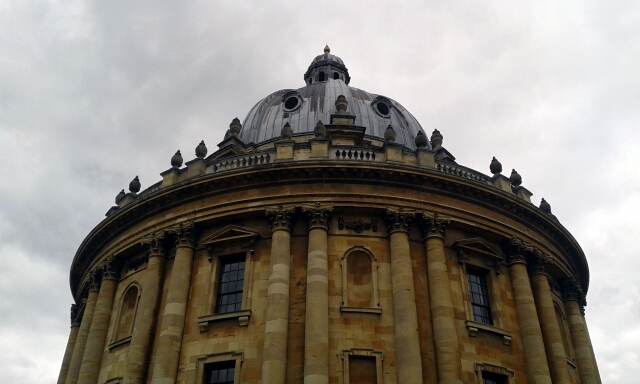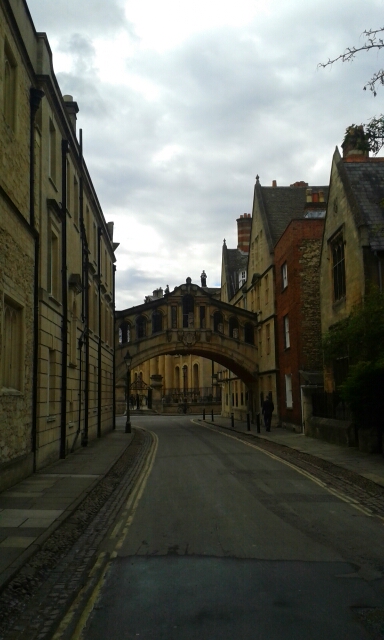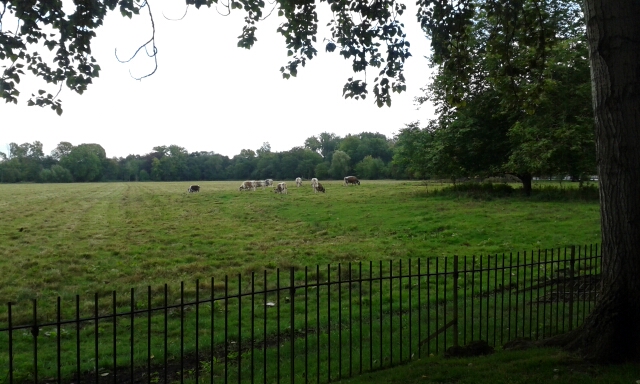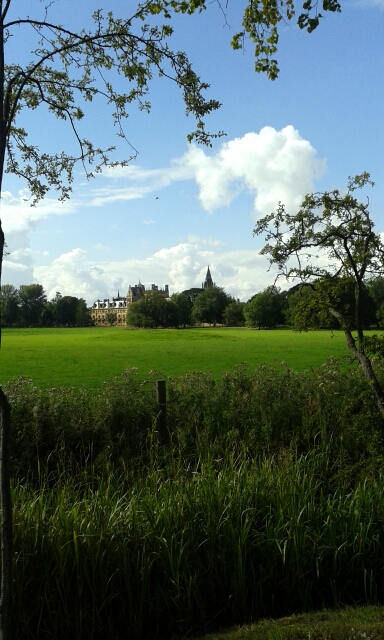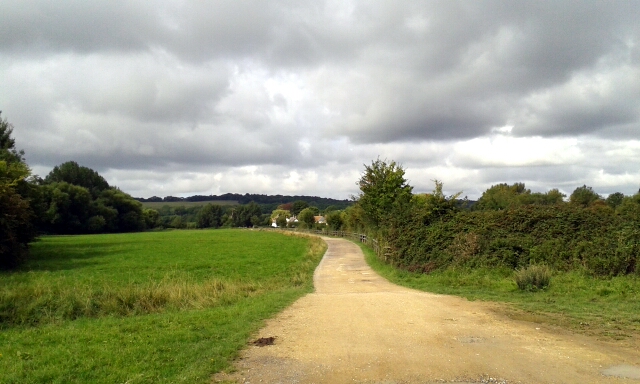I’m currently on vacation in Oxford (and I’m typing this on my phone so that should be… er… interesting. Now when you think of Oxford, there are of course the colleges…
…and Radcliffe Camera (part of the ginormous Bodleian Library)….
…and the Bridge of Sighs, which links the two halves of Hertford College.
But what I found most impressing are the grazing sites that have been in use for hundreds of years. There is Christ Church Meadow, which as the name suggests is part of the college grounds – and it’s also home to the college’s herd of longhorn cattle.
And then there’s Port Meadow, where I took a long, long, oh-gosh-my-feet-hurt walk today. It is mentioned as a piece of common land in the Domesday Book, a survey of English landholdings comissioned by William the Conqueror after the Norman Conquest in the eleventh century. And since then, Port Meadow has been in continuous use as grazing grounds.
Indeed, it was used as common grazing grounds ever since Alfred the Great granted all freemen of Oxford the right to use this piece of land as a reward for their bravery against the vikings. But even before that time, the land hadn’t been ploughed for thousands of years.
How intriuguing to imagine the seemingly endless stream of generation upon generation of cows that have grazed here!
The history of the English countryside is not necessarily something that features heavily in our books, so walking across Port Meadow today served as a nice reminder of the importance of that history and how it has helped to shape the country we all love so much!


